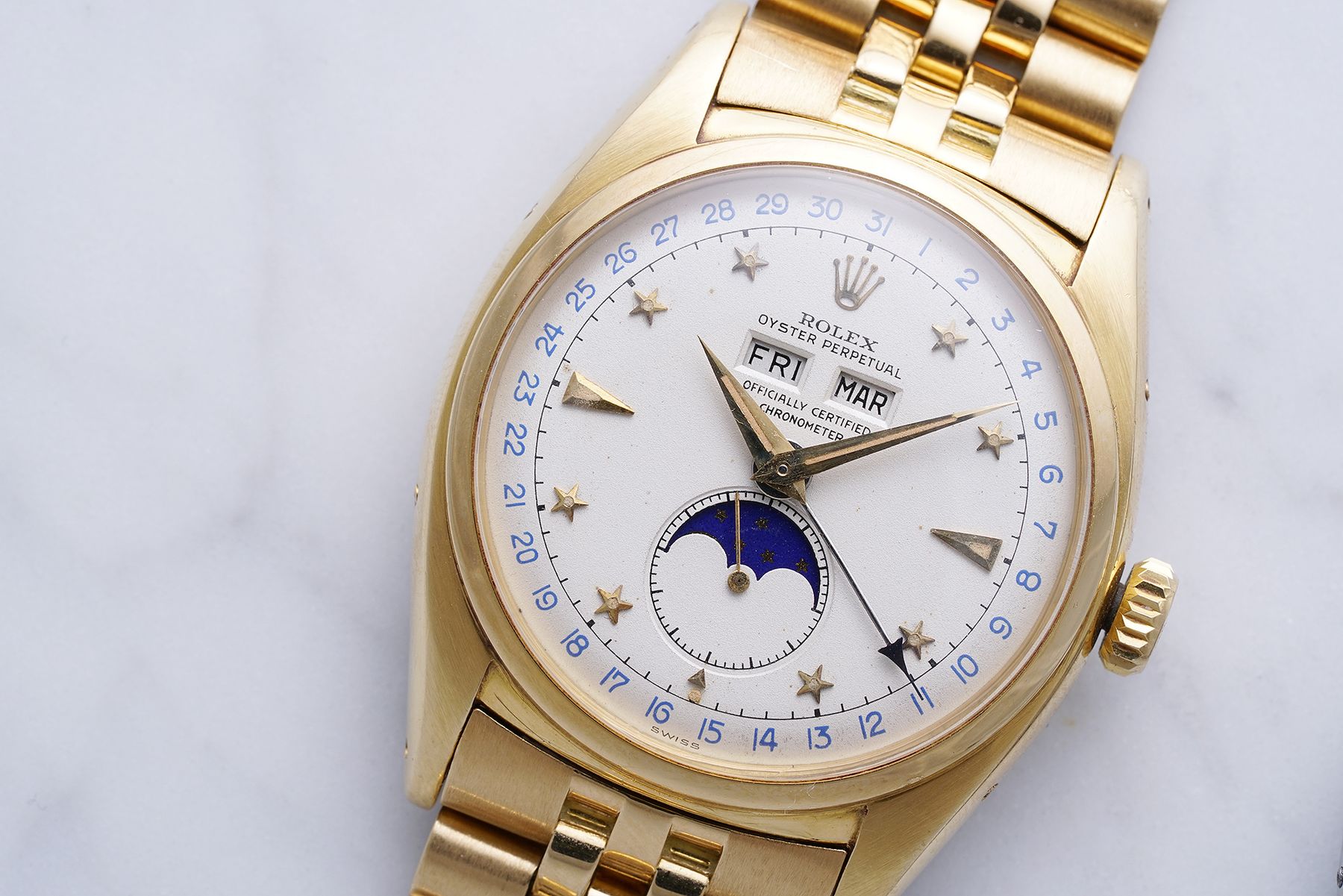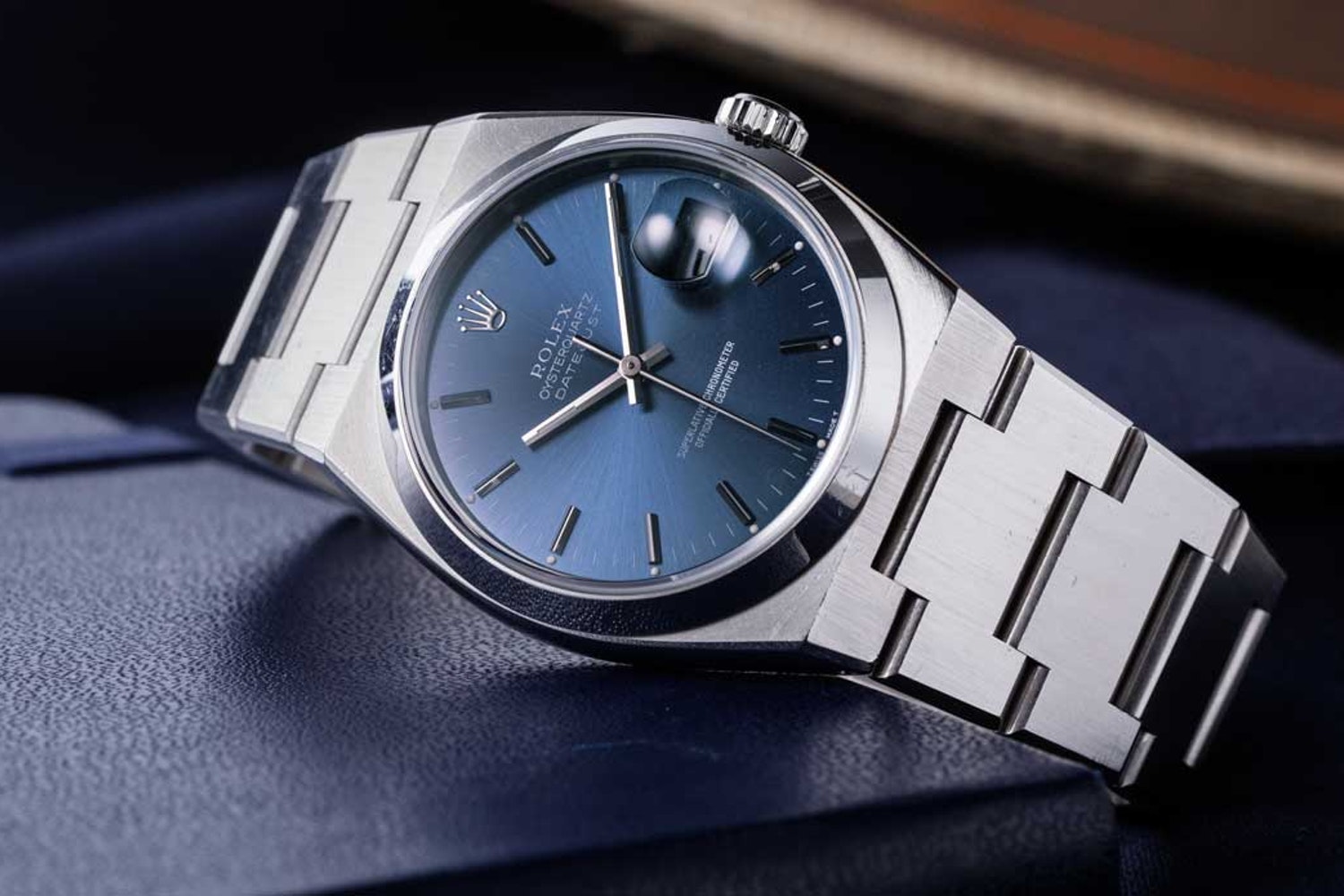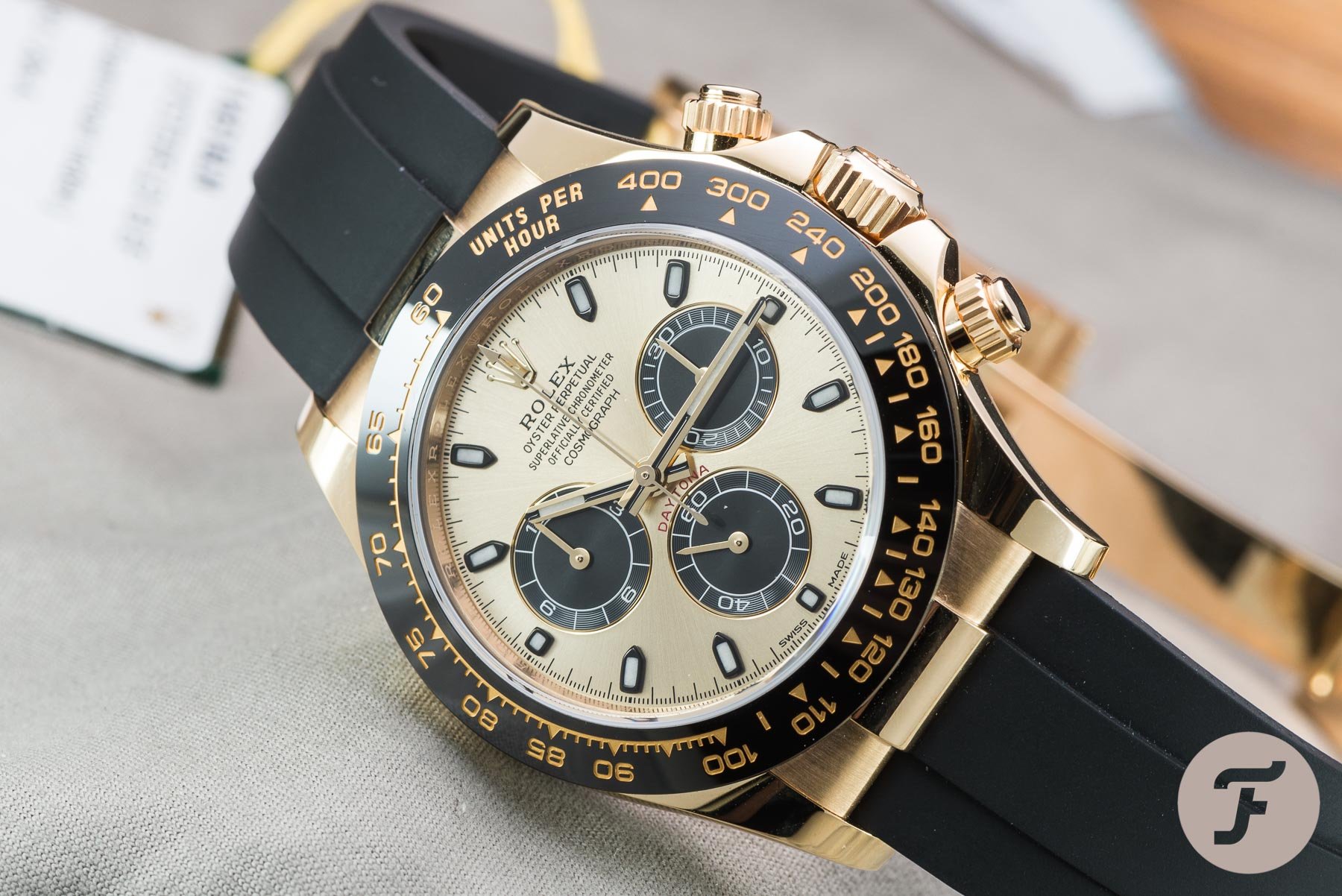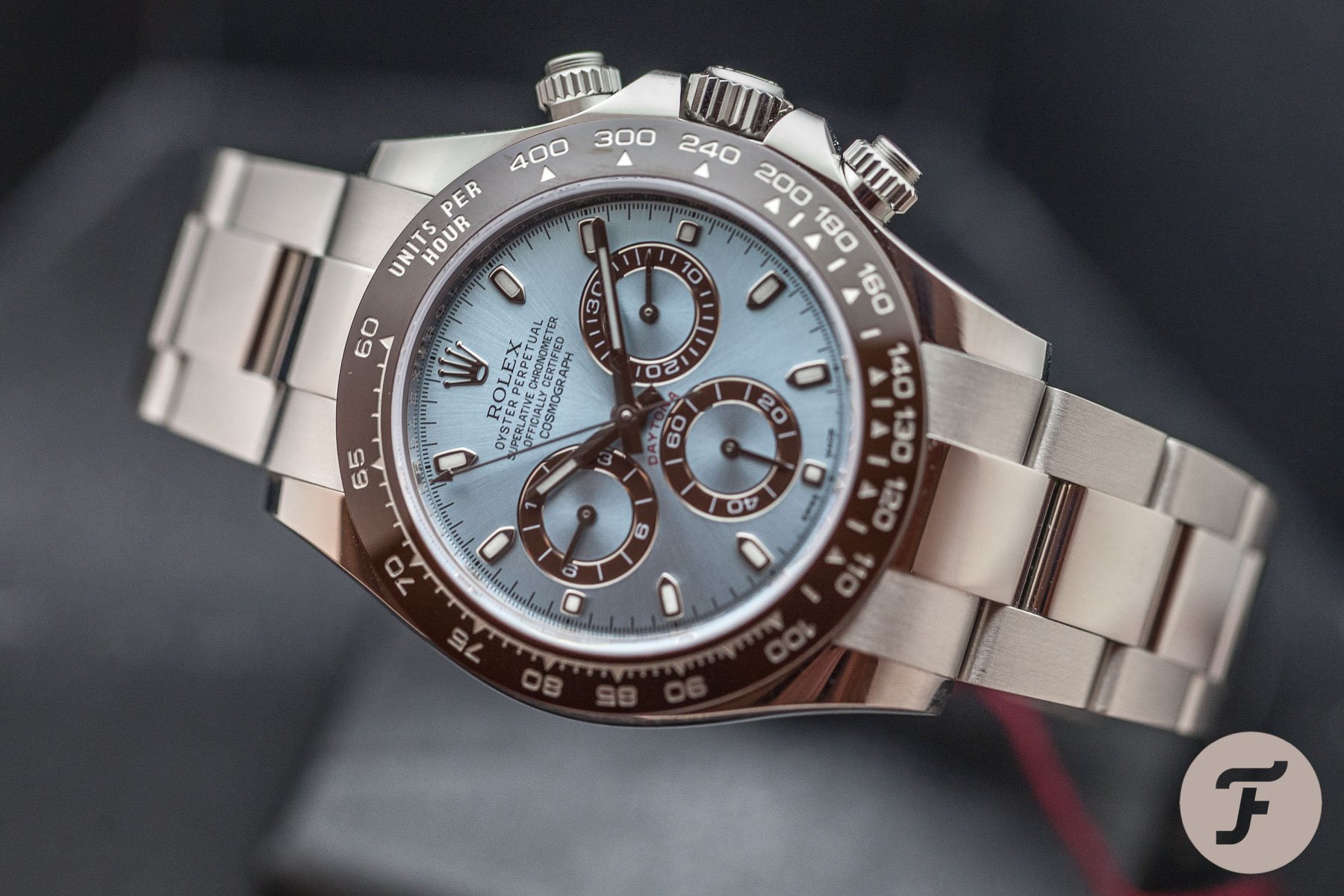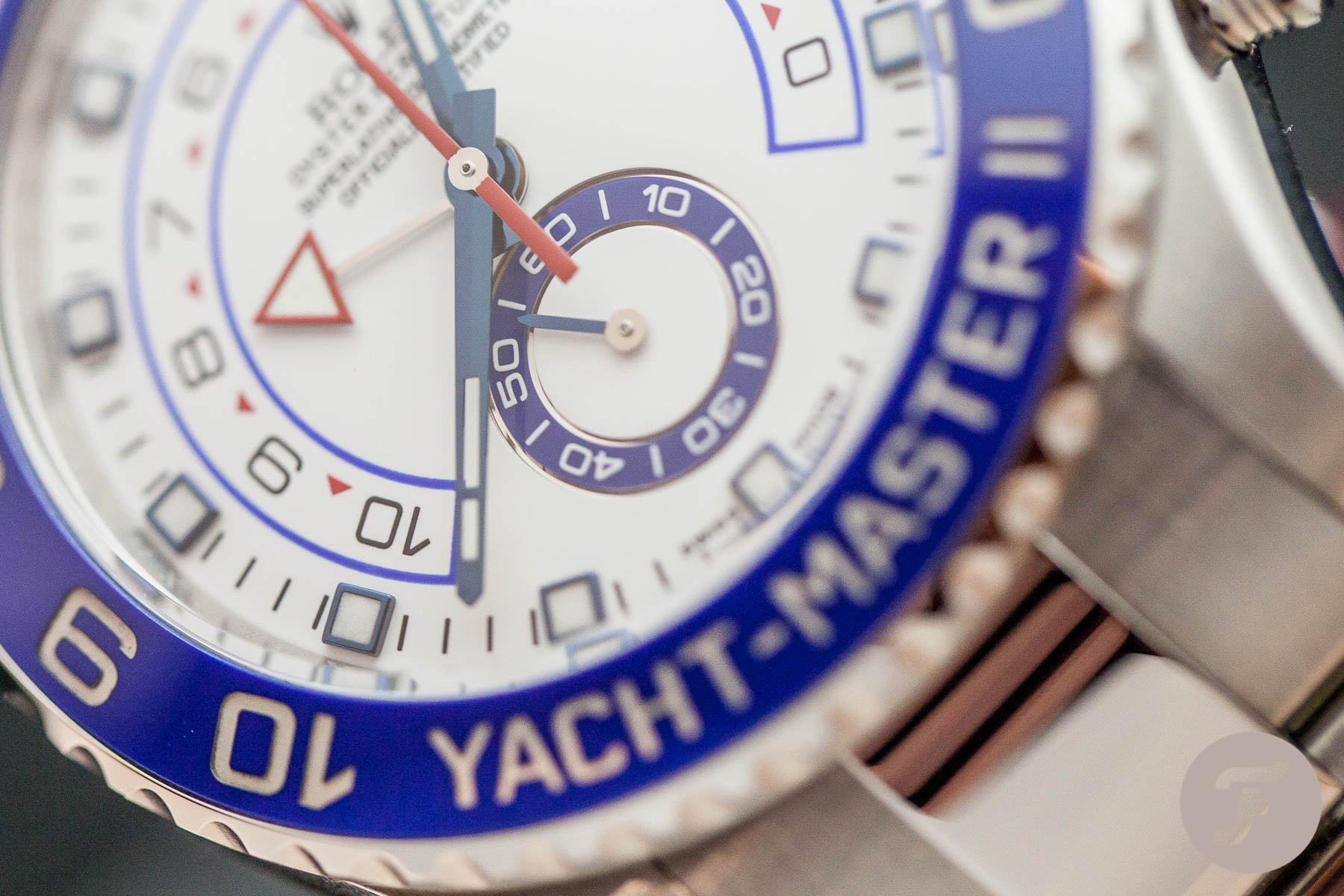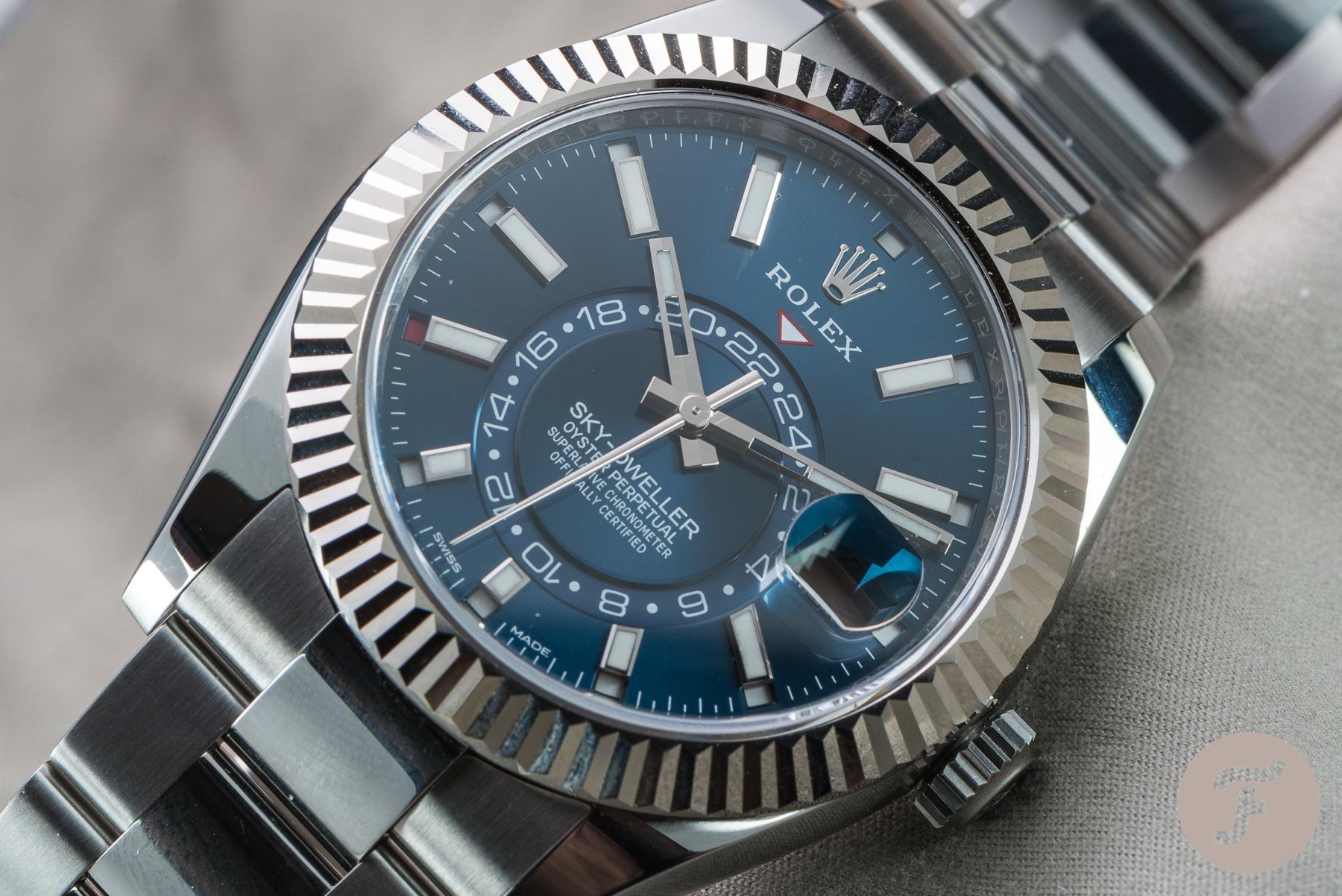Rolex Myth Busting #6: There Are No Complicated Watches In The Modern Rolex Catalog
Easily busted, next, please! The statement that there are no complicated watches in the modern Rolex catalog, is evidently wrong. Sorry about my bluntness, I will obviously delve deeper into the matter, including the mere perception of what constitutes a complicated watch. We all have different standards, and while for some this means a sapphire-cased, Rattrapante Perpetual Calendar, Wikipedia puts it quite succinctly in their definition:
“In horology, a complication is any feature of a mechanical timepiece beyond the display of hours, minutes, and seconds. A timepiece indicating only hours, minutes, and seconds is known as a simple movement. Common complications include the date or day-of-the-week indicators, alarms, chronographs (stopwatches), and automatic winding mechanisms“.
A date window alone doesn’t cut it, give us calendars and moon phases!
While a date is a complication this doesn’t exactly bust the myth wide open, does it? Many watch enthusiasts like to point to Rolex as a watch brand that makes simple, high-quality timepieces, void of any complications. This is far from the truth, and don’t, just don’t call a Rolex a tool watch. Not in 2021. Above is the delicious Ref.6062, from the era of the quirky star-shaped indexes and yes, a triple calendar. With a moon phase, no less. Launched in 1950, and produced for a handful of years, this reference was available in stainless steel, yellow and pink gold. A clean 36mm case design, offering different dial variations. The faceted star dial is one of the rarest and sought after, and enhances its allure. Rolex considered the model a top-of-the-line timepiece, with an in-house automatic movement, and upgraded with a full calendar and moon phase indication.
Enamored collectors nicknamed it “Stelline”, Italian for “small star”. The price? CHF 636,500 at auction in 2018.
But today all we have is a date window?
Come on, I know the Submariner Date is pretty ubiquitous, but there are plenty of complications to choose from in the Rolex arsenal, the GMT-Master, and the Daytona for a start. We love chronographs, but their inner workings are pretty much taken for granted in this day and age. The chronograph is by definition one of the most difficult complications to master.
How is the Daytona complicated?
Yet another Rolex you wish you bought a decade or two ago, languishing unsold on the AD shelf. Check my previous myth-busting story here, where you’ll find that the Daytona’s complications have roots back to the El Primero movement of its 1988-2000 production run. From 2000 on, an in-house movement appeared: the caliber 4130. Like the Zenith, this automatic movement used column-wheel activators and upped the watch’s power reserve to 72-hours. Through slow and steady evolution (I didn’t say boring) component and material upgrades to the 4130 have created nerdy details to obsess over. Today’s 40mm Daytona ref.116500LN still runs a caliber 4130 with modern materials incorporated and a vertical clutch. Its utopian retail price is $13,150 and is plenty tough for a dressy sports watch.
But even if today it says boardroom, suit, and tie rather than oily overalls and the smell of burning rubber, it’s a superb everyday watch. Or would you rather squirrel it away in the safe? Read this story from Robert-Jan and you’ll think twice about not wearing your watches.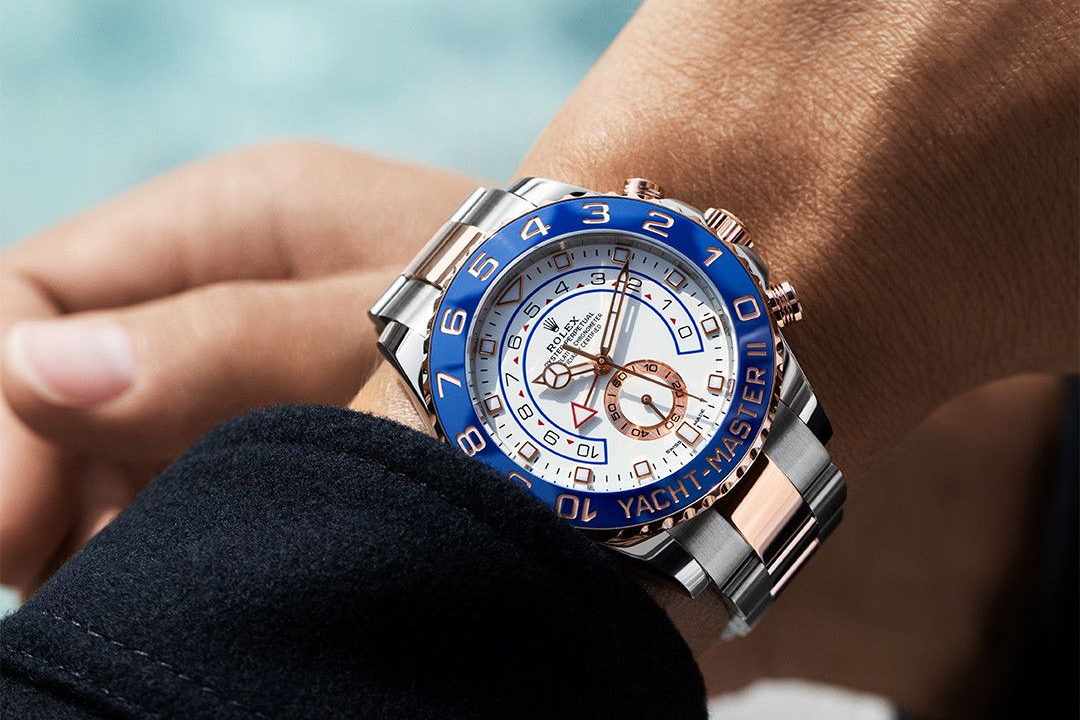
The flashy Yacht-Master II has a trick up its golden sleeve
Polarizing flashy, and pretty far from the rather demure Submariner or Explorer series. Big, brash, and looking for action, the Yacht-Master II wouldn’t be my own choice. I do fancy a Yacht-Master, but rather an EveroseYacht-Master 40 on the Oysterflex, pow!. The larger Y-M II, however, has a rather shouty YACHT-MASTER II logo engraved on its bezel insert. Usually seen in this bright blue with a white nautical dial. Complicated? Well, it has a countdown regatta timer, no, I haven’t needed one of those yet, so I’m open to the loan of a yacht next Sunday.
Why so complicated?
A countdown regatta timer is pretty niche but a cool complication nonetheless. And guided by the bezel. Really? The countdown to the start of a regatta is usually between five and ten minutes, hence the markings on the bezel. The Ring Command Bezel rotates while unlocking the mechanical program function. Turn the crown to set countdown duration, then return the bezel to its start position. This memorizes the countdown time, started by pressing the top pusher. Elapsed seconds are indicated by the sweep hand on the center dial and the minutes by the red arrow hand on the internal crescent. The power behind the mechanical virtuosity is Rolex’s own in-house Caliber 4161, based on the 4130 from the Daytona
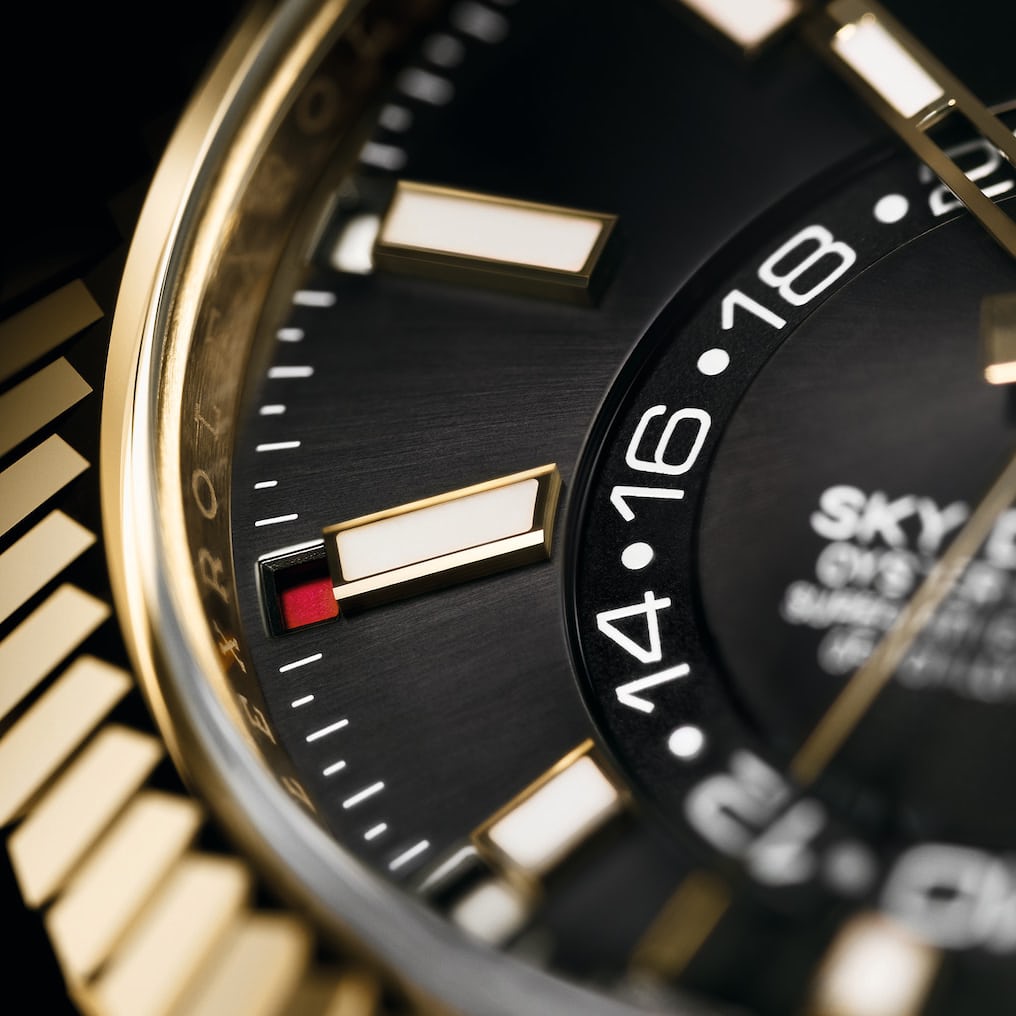
And the prize for most unexpected Rolex complication goes to…
The prize for the most charming and quirkiest complication in any Rolex? Well, that goes to the Sky-Dweller, a rather large precious metal Rolex too big for my twiggy wrists but seriously impressive. Especially since 2020 when it came on the licorice-temptation of the Oysterflex rubber bracelet. Let me run it down for you: the large sub-dial above six o’clock is a 24 hour second time zone, cool, but look at the indexes in the image above. There is a square aperture outside each of the 12-hour markers, using a pop of red to indicate the month. So on the sharp macro shot here you see red outside eight o’clock, meaning August, the eighth month of the year.
Now if that’s not more complicated than a date window I shall never speak about Rolex again. Clearly, the myth is busted, so let it no longer be thought or said that Rolex does not have any complicated model in its current collection. Do comment below if you’ve actually used a regatta timer, or maybe your Grail is one of the two airborne-travel-focused Rolex complication references?
Follow me at: @thorsvaboe

